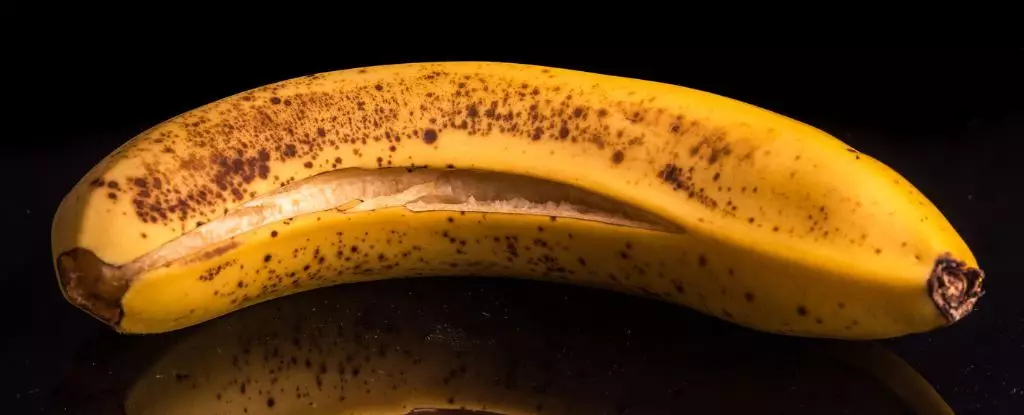Many of us are guilty of tossing away the banana peel without a second thought, relegating it as mere waste. However, this common practice may soon change, thanks to recent research highlighting the nutritional and culinary benefits of banana peels. Often dismissed in the realm of healthy eating, banana peels are more than just a natural wrapper; they are a treasure trove of dietary fibers, minerals, and antioxidants. The narrative surrounding food waste is evolving, urging consumers to rethink what constitutes “edible.” The peeling and discarding of what is largely an untapped resource can have significant implications for our health and the environment.
From Waste to Wonder: The Science Behind Banana Peel Flour
In a groundbreaking study, scientists have discovered that with the right processing—blanching, drying, and grinding—banana peels can be transformed into a flour that rivals traditional wheat flour. This innovative approach not only provides an alternative source of nutrition but also caters to the growing demand for gluten-free options. Taste tests conducted during the study indicated that baked goods created with banana peel flour offered comparable, if not superior, flavor profiles to their wheat-based counterparts.
Imagine indulging in cookies that not only satisfy your sweet tooth but also deliver an impressive array of nutrients. Cookies made with a modest 7.5 percent banana peel flour yielded enhancements in fiber, magnesium, potassium, and various antioxidant compounds, making the treat significantly healthier than traditional options. However, it is important to strike a balance; increasing the proportion of banana peels led to less appealing textures. This fascinating finding underscores the intricate relationship between texture, taste, and health benefits in food preparation.
While the study primarily focused on cookies, the potential applications of banana peel flour are vast. The idea of incorporating banana peels extends far beyond baking; it’s necessary to explore their role in other culinary delights such as bread, cakes, and even pasta. Preliminary investigations into banana peel-based cakes revealed another advantage: the peels not only contribute natural food coloring but also enhance flavor and nutrition.
Furthermore, a separate 2016 study indicated that substituting up to 10 percent of traditional wheat flour with banana peel flour can elevate bread’s nutritional profile, adding protein, carbohydrates, and healthy fats. This versatility paves the way for chefs and home cooks alike to take advantage of overlooked ingredients that can both elevate the flavor of dishes and offer health benefits.
For those less inclined towards baking, innovative culinary figures have begun experimenting with banana peels in savory dishes. Notably, renowned food personalities have incorporated banana peels into curries, while vegan chefs have popularized concepts like “banana peel bacon” and pulled peel “pork.” These adaptations not only diversify plant-based food options but also promote sustainability in cooking.
Using banana peels creatively helps to address the staggering issue of food waste. With approximately 40% of a banana’s weight attributed to its peel, effectively utilizing this nutrient-rich part could foster a more sustainable culinary ethos. Moreover, the antioxidant and antimicrobial properties of banana peels might also help extend the shelf life of food products, positioning them as a valuable addition to one’s kitchen.
The fascination with banana peels isn’t just an isolated case; similar findings regarding the nutritional benefits of other fruit peels, such as mango skin, have emerged. Such revelations encourage a more holistic approach to food consumption—advocating for the use of parts of fruits that are typically disposed of without a second thought.
In closing, the peeling of a banana may no longer necessitate the immediate disposal of its skin. Embracing the full spectrum of its culinary applications can enrich our diets while also tackling the pervasive issue of food waste. The next time you unwrap a banana, consider the potential lurking just beneath the surface. Your health, and the planet, may thank you for it.


Leave a Reply